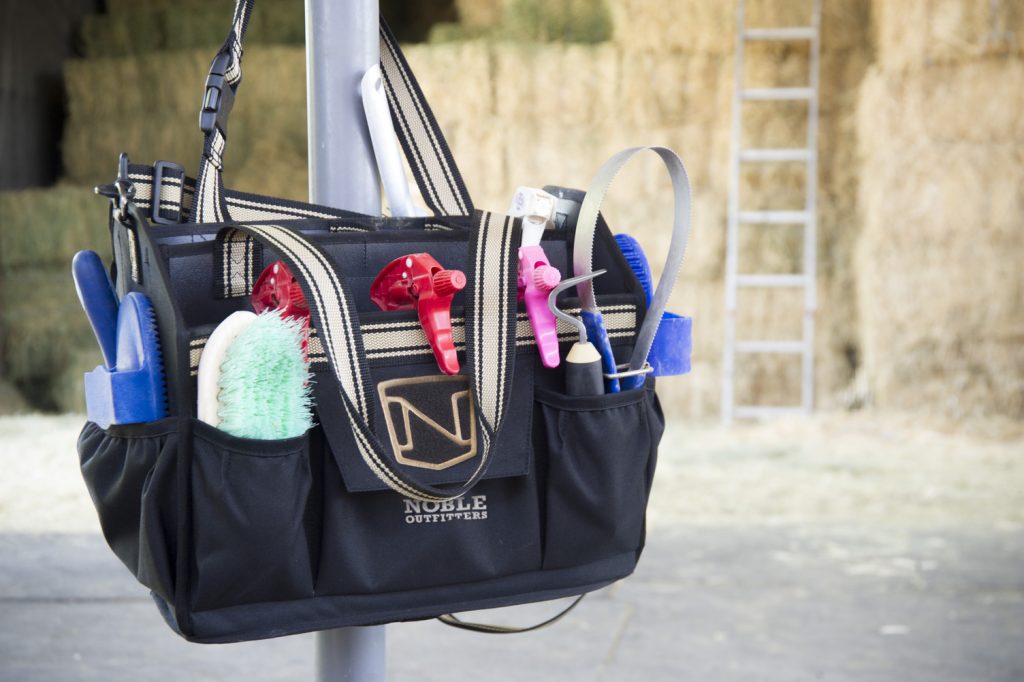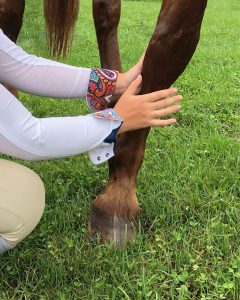
What better time of year than January to take a good hard look at your horse’s grooming tools? Do your brushes have dented bristles or are they clumped with sebum and grime? Are your curries dull or clogged with dirt and hair? You can maximize the health benefits of grooming your horse—and create an experience more enjoyable for both of you—by using clean brushes and replacing items that are worn out. Hygienic grooming tools care for your horse’s skin best and bring out your horse’s shine.
We recommend cleaning brushes and curries once monthly to remove buildup. If at some point you encounter a skin disease in your horse, be sure to isolate the brushes and curries used on the affected areas and clean them more frequently.
We love this economical and effective way of cleaning grooming tools: fill a bucket or sink with hot water and mix in Dawn® Dish Washing Liquid, which will lift out grease and rinse well. If the brushes are all synthetic with plastic handles, a splash of bleach can be added to the mix. Bleach is drying to natural-bristled brushes with wooden handles, so it should only be used on this type of brush when suspicion of skin disease or other equine illness is present. Another way to sanitize brushes is to add a moderate amount of Listerine® Mouthwash to the wash water—it smells fresh and can help kill bacteria.
Soak the brushes for several minutes, agitating them to loosen dirt. Rinse and repeat the process until the water is no longer discolored and you don’t see any soap suds. Rinsing thoroughly is important to prevent a buildup of soap residue in the brush bristles. Spread your clean horse brushes on a towel in a warm location or in the sun where they can drain and dry thoroughly before returning them to their storage tote.
As an added tip to get the most out of your brushes, always store them in a way that protects the bristles from being crimped or smashed. Many types of grooming totes are available, but no matter which you use, stand your brushes on end so that each is balanced on the tip of the handle. Alternatively, you can gently nestle the bristles of two brushes together so that they interlock for storage.
To browse our entire selection of grooming tools and other horse care items, click here.
We want to know how you love to spend time at the barn grooming your horse; share your photos with us on Instagram and Facebook by tagging @doversaddlery!



